Royce Hall is a building on the campus of the University of California, Los Angeles (UCLA). Originally designed by the Los Angeles firm of Allison & Allison (James Edward Allison, 1870–1955, and his brother David Clark Allison, 1881–1962) and completed in 1929, it is one of the four original buildings on UCLA's Westwood campus and has come to be the defining image of the university. The brick and tile building is in the Lombard Romanesque style, and once functioned as the main classroom facility of the university and symbolized its academic and cultural aspirations. Today, the twin-towered front remains the best known UCLA landmark. The 1800-seat auditorium was designed for speech acoustics and not for music; by 1982 it emerged from successive remodelings as a regionally important concert hall and main performing arts facility of the university.
Named after Josiah Royce, a California-born philosopher who received his bachelor's degree from UC Berkeley in 1875, the building's exterior is composed of elements borrowed from numerous northern Italian sources. While very different in their composition and near-symmetry, the two towers of Royce make an abstract reference to those of the famous Abbey Church of Sant'Ambrogio in Milan. A building of very similar form on a much smaller scale was a centerpiece of the College of California campus in Oakland in 1860, the predecessor of the University of California.
Renovation
Severely damaged in the 1994 Northridge earthquake, Royce Hall underwent a $70.5 million seismic renovation. Designed by architects, Barton Phelps & Associates and Anshen + Allen Los Angeles and completed in 1998, the project combined structural strengthening and functional improvements with extensive interior updating. The iconic towers were strengthened and restored on an emergency basis. The project for the 200,000 square foot building itself inserted a new, six-story structural system of concrete panels located in the auditorium walls and connected by concrete beams to the building's historic exterior brickwork. Eligibility for National Register listing prompted FEMA earthquake resistance requirements well beyond normal safety levels and triggered close design scrutiny by preservation officers. The new "soft" structure is designed to respond in unison with original masonry infill to provide maximum earthquake resistance and protect the building's historic fabric from damage.
Auditorium
The sidewalls of the auditorium were reconfigured to hold foot-thick concrete shear panels the volume of which could have lessened its reverberant character. New wall openings, cut into abandoned rooftop areaways, are enclosed by new structure to form operable acoustic galleries allow variable acoustic responses. Along with new ceiling coves, the galleries increase the volume of the hall by 40,000 cubic feet and lengthen its reverberation period by over a second at their maximum setting. Skylights in the gallery restore natural light to the spectacular coffered ceiling, now for the first time, brightly illuminated. Unlike the former plaster interior, the new walls are clad in brick and terra cotta identical to that on the original exterior of the building. The uneven texture of projecting blocks improves sound diffusion. Its pattern is abstracted from Lombard Romanesque motifs in Lucca and other cities in the valley of the Po River in northern Italy.
The hall, post renovation, covered 191,547 square feet (17,795.3 m2).
The hall contains a 6,600-pipe E.M. Skinner pipe organ, renovated and expanded in 1999 by Robert Turner. During the 1930s, Salt Lake Tabernacle organist Alexander Schreiner gave public recitals three times a week on the instrument. The organ was later featured in several recording sessions of the Los Angeles Philharmonic under Zubin Mehta. It serves as one of the home venues for the Los Angeles Chamber Orchestra. Luminaries who have appeared on its stage include musicians George Gershwin, Leonard Bernstein, and Ella Fitzgerald, and speakers Albert Einstein and John F. Kennedy.
In 2012, the hall installed a new $128,000 Steinway concert grand piano. Nicknamed "Sapphire" by the staff, the piano has already been used as the centerpiece of a $25,000-per-plate fundraising dinner to support emerging artists.
Programs
In 1936, University of California President Robert Gordon Sproul appointed a committee to oversee programming and in 1937, Royce Hall's first performing arts season was born. The first subscription series included the great contralto Marian Anderson, the Budapest String Quartet, and the Los Angeles Philharmonic. In addition its world-renowned acoustics, the monument is a must-see for anyone who visits UCLA, especially because of its asymmetrical features.
In 1960, Henri Temianka founded and conducted his "Let's Talk Music" series at Royce Hall; this orchestra became the California Chamber Symphony (CCS), which gave more than 100 concerts over the ensuing 23 years, including premieres of major works by such composers as Aaron Copland, Dmitri Shostakovich, Darius Milhaud, Alberto Ginastera, Gian-Carlo Menotti and Malcolm Arnold. Soloists who performed with the CCS under Temianka's direction included David Oistrakh, Jean-Pierre Rampal and Benny Goodman. A "Concerts for Youth" series included participation by children from the audience.
Presentation of the annual Los Angeles Times book prizes are made during the Los Angeles Times Festival of Books in association with UCLA in Royce Hall.
For many years, Royce Hall has been the venue of choice for various culture nights produced by cultural student organizations on campus, including Vietnamese Culture Night (VCN), Samahang Pilipino Cultural Night (SPCN), Chinese American Culture Night (CACN), and Korean Culture Night (KCN), among others.
In 2014, former Secretary of State Hillary Clinton delivered the Luskin Lecture for Thought Leadership at Royce Hall.


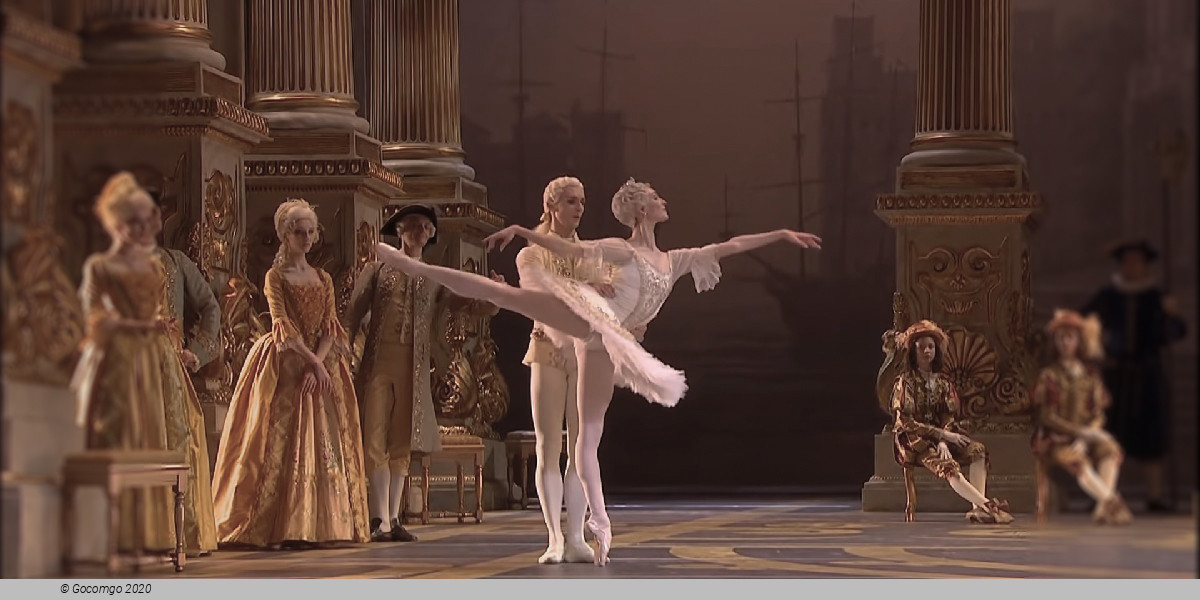
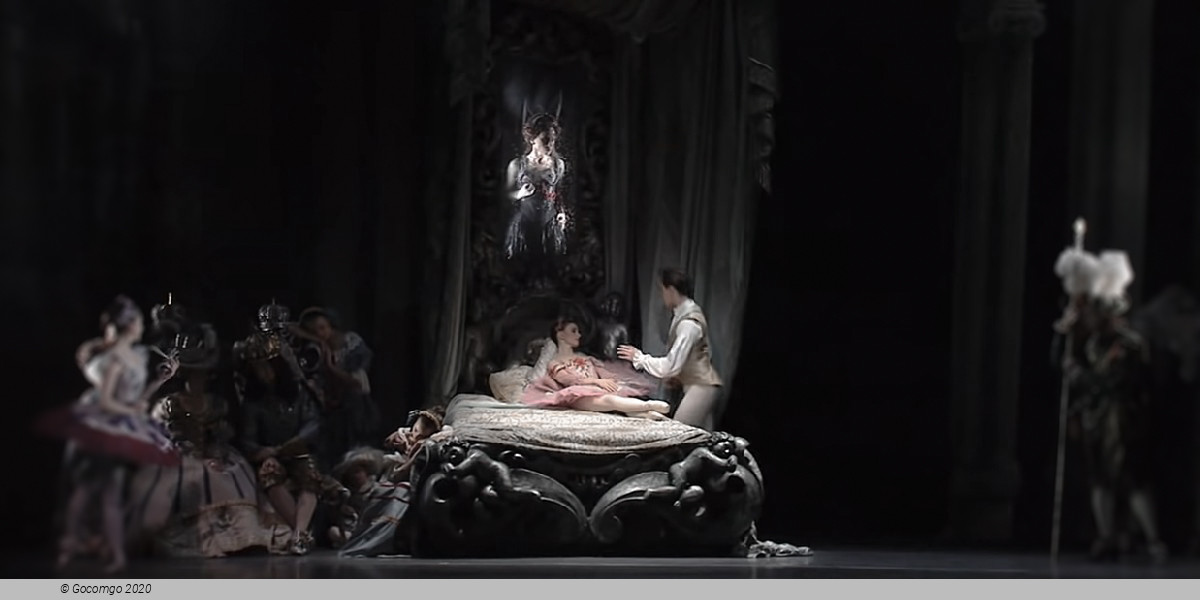
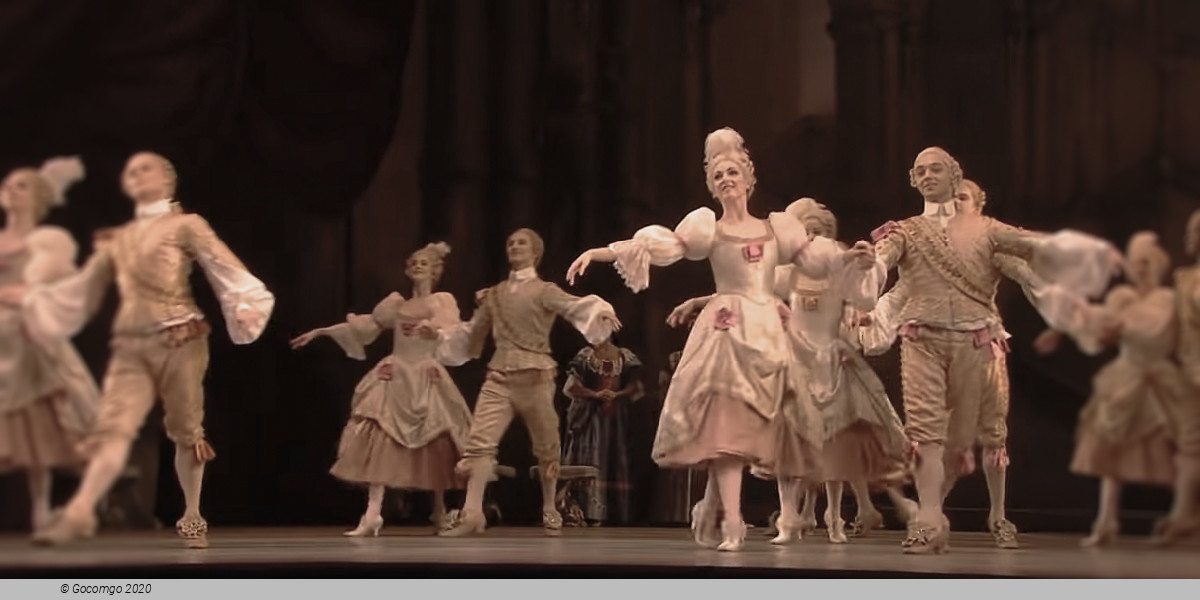
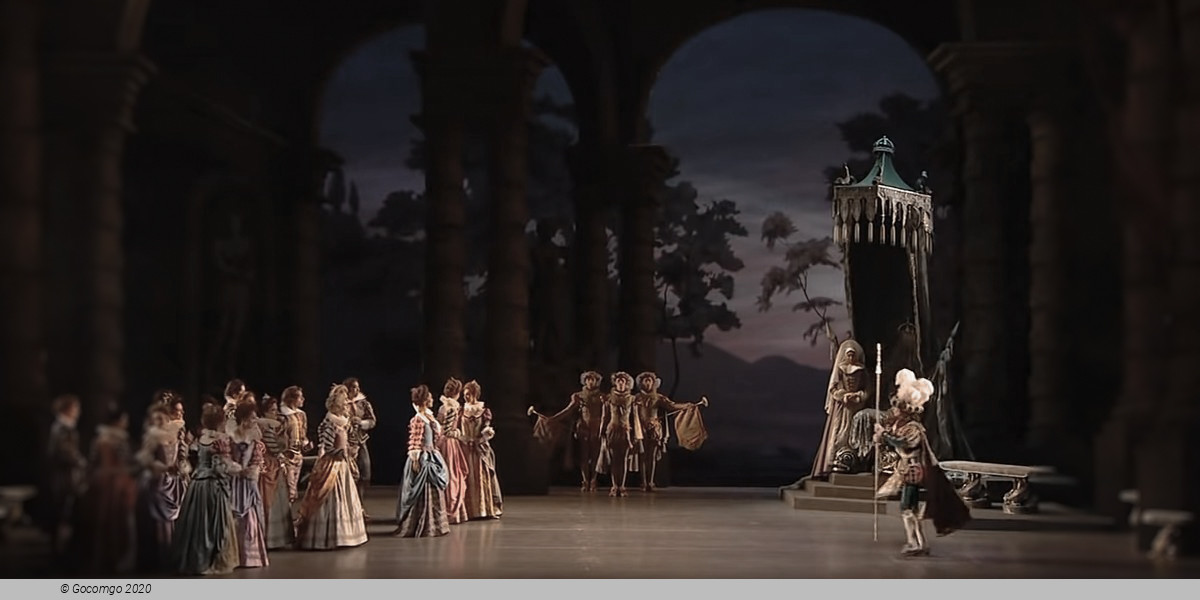
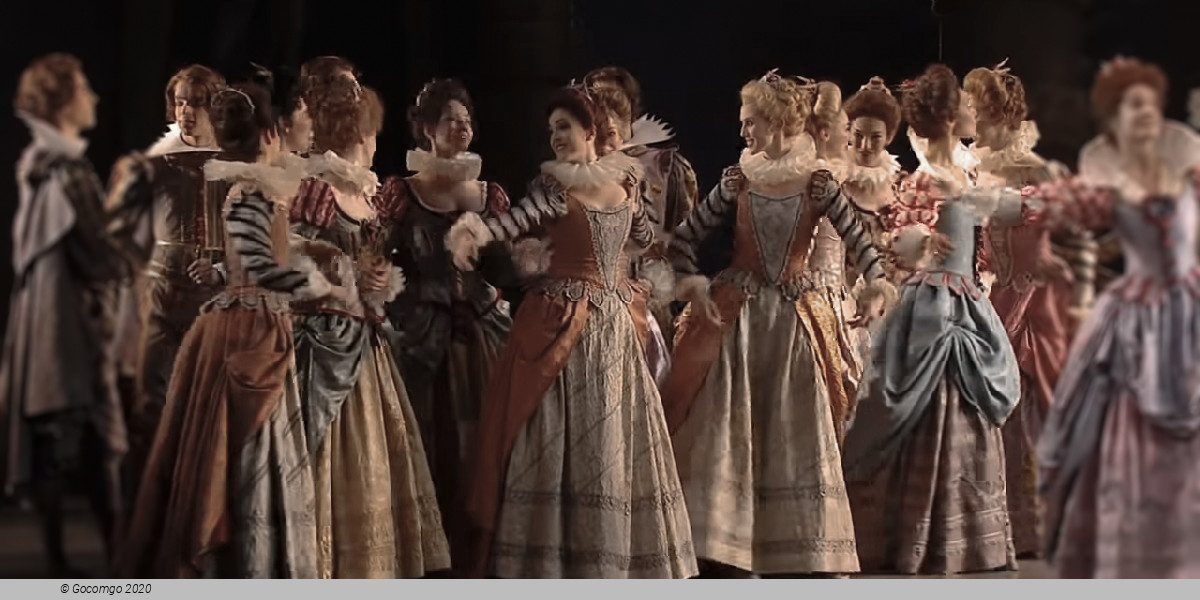
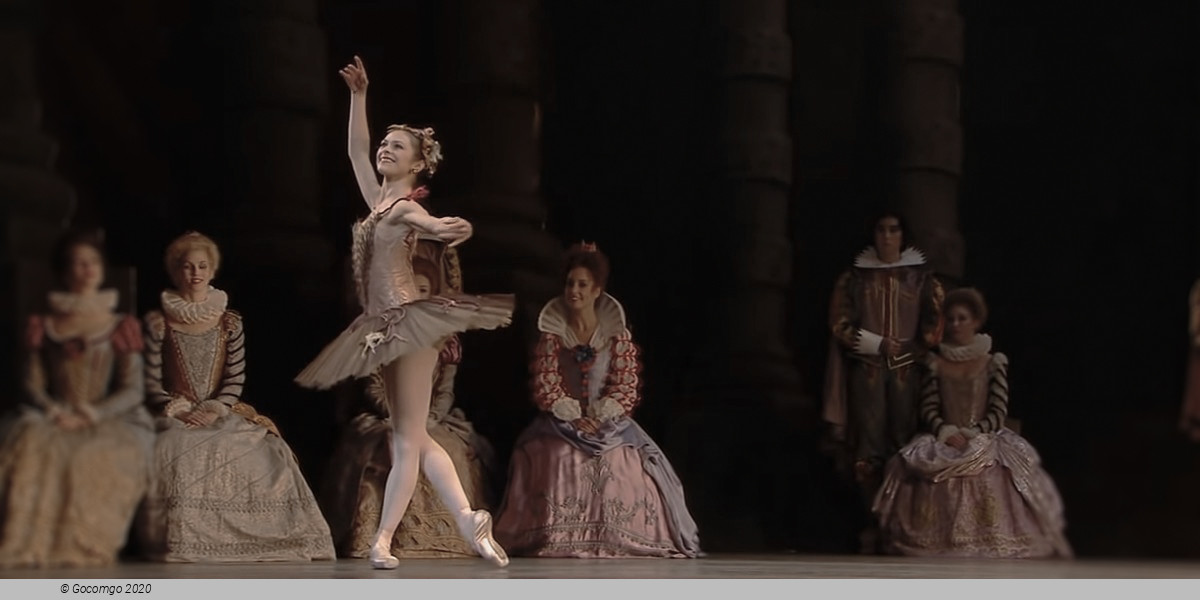
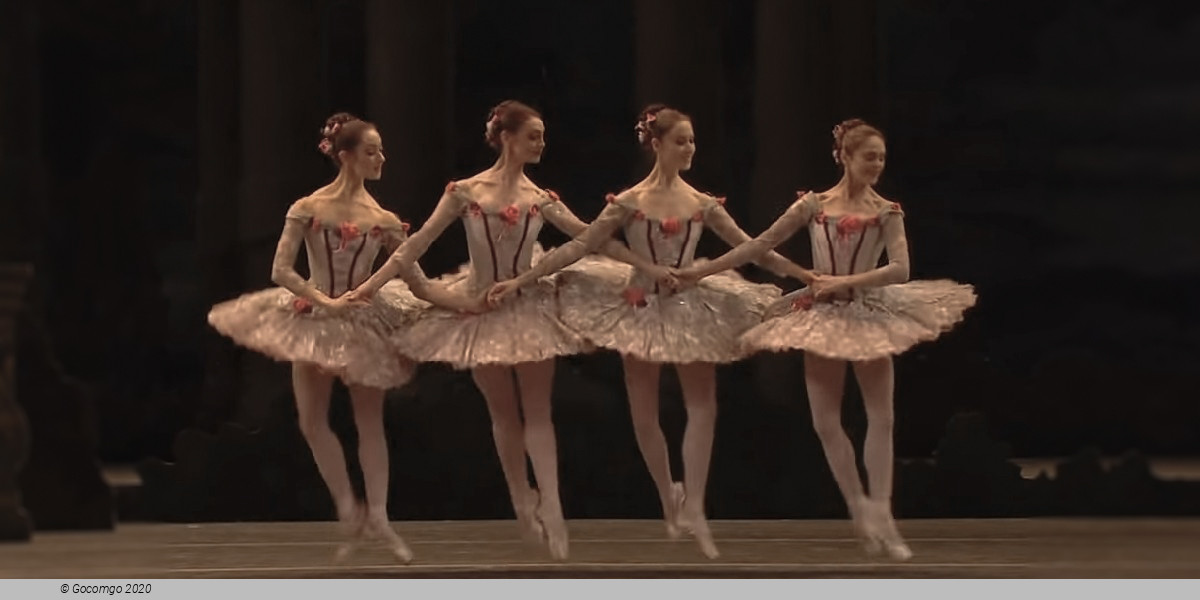

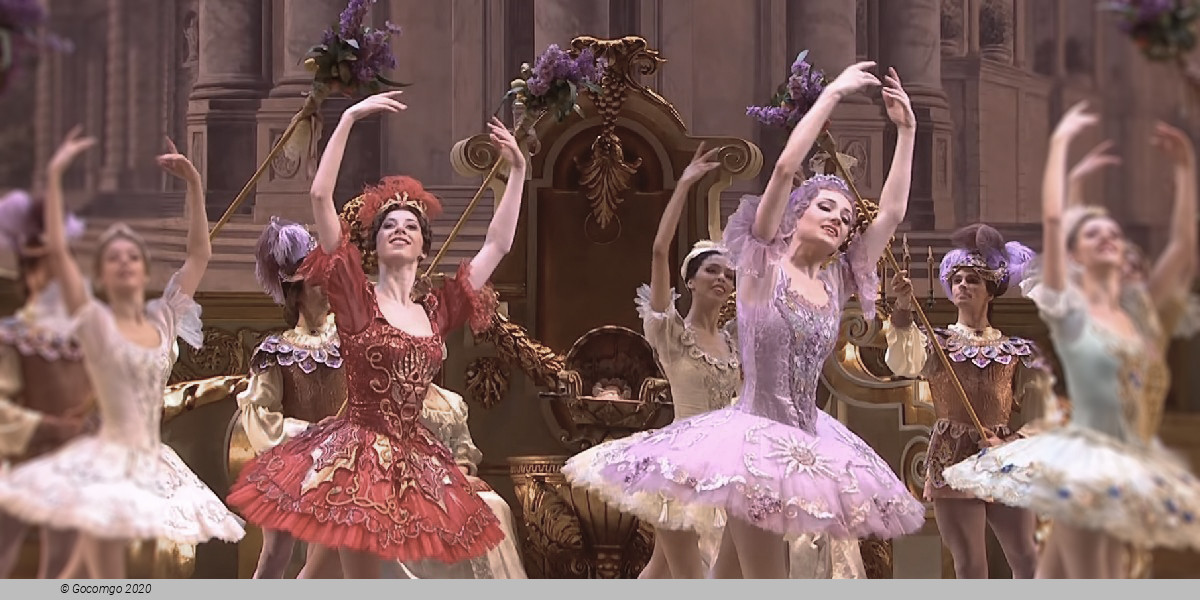
 340 Royce Drive
340 Royce Drive